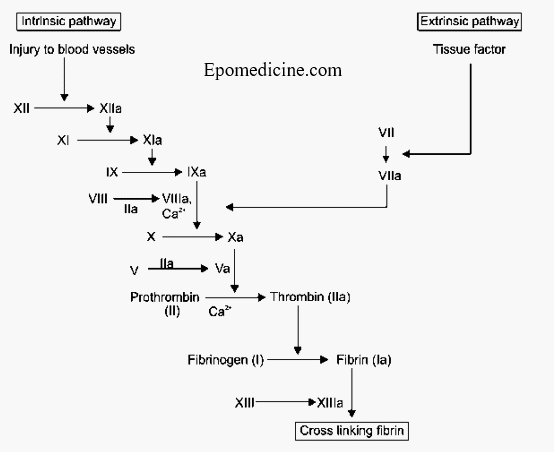In medical school, coagulation cascade might be a pain to learn and teach as well. Plenty of roman numerals with arrows going here and there – is this the reason you hate coagulation cascade? I will pretty much try to simplify the whole thing with essential clinical correlation here. I…
Category: PGMEE, MRCS, USMLE, MBBS, MD/MS
Medical knowledge in bullet points with understandable language, simplified images and graspable mnemonics.
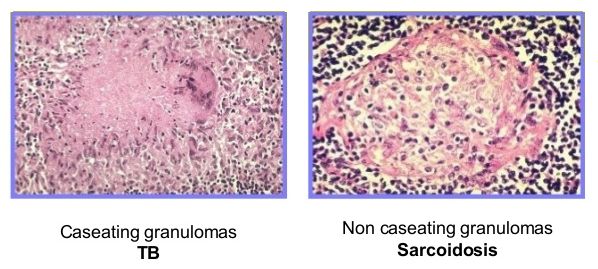
Difference between Sarcoidosis and Tuberculosis
Sarcoidosis and tuberculosis are both granulomatous disease with similar constitutional symptoms, respiratory symptoms and multiple organ involvement with hilar and mediastinal lymph node involvement. Hence, the diagnosis of one from the other may pose significant difficulties. Sarcoidosis vs Tuberculosis (TB) IFN-gamma release assays (IGRA)Tuberculosis can be reliably excluded if both…
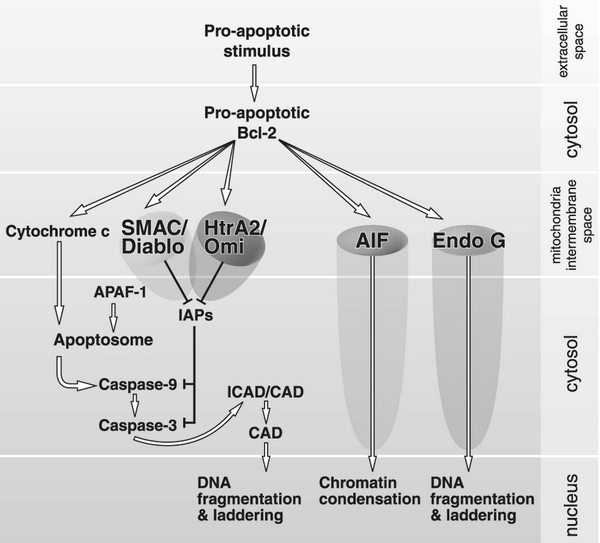
Apoptosis (Caspases and Genes) : Mnemonics
Caspases (Pro-apoptotics) Initiator caspases: Executioner caspases: 3 and 7 Pro-apoptotic genes Mnemonic: “B” followed by a vowel Anti-apoptotic genes Mnemonic: Contains “L” or “XL” Other: Inhibitor of Apoptosis (XIAP) How all these genes and molecules work together to complete apoptosis? Find it here.
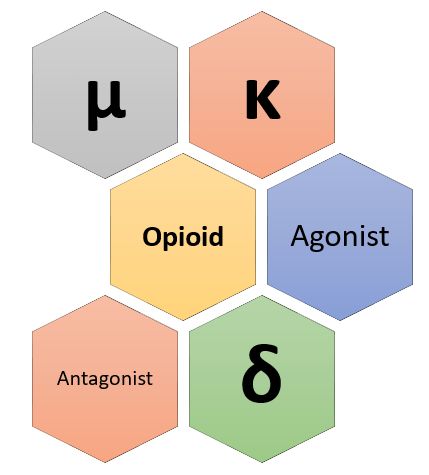
Opioid Receptors Mnemonic
Opioid receptors are a group of inhibitory G protein-coupled receptors with opioids as ligands. Mu (µ) Receptor (MOP) Mnemonic: MU CARDS Miosis eUphoria Constipation Analgesia (Supraspinal + Spinal) Respiratory depression Rigidity (truncal) Dependency Sedation µ1 mediates supraspinal analgesia, and most of other effects including spinal analgesia is mediated by µ2. Kappa…
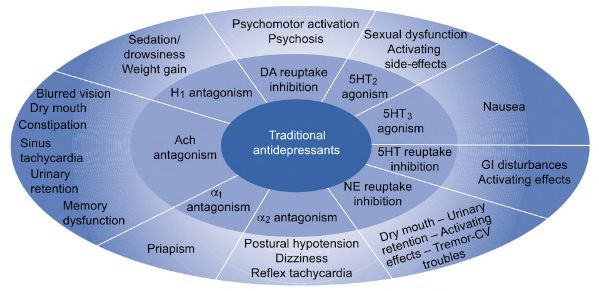
Antidepressants Made Easy
Tricyclic Antidepressants (TCA) Mnemonic: -pramine, -triptyline, -pin Secondary amines: predominantly norepinephrine reuptake inhibitors Nor-triptyline Desi-pramine Tertiary amines: Ami-triptyline Imi-pramine Clomi-pramine Doxe-pin Irreversible MAO Inhibitors Mnemonic: TIPS Non-selective MAO inhibitors: Tranylcypromine Isocarboxazid Phenelzine Selective MAO-B inhibitor: Selegiline (transdermal patch) Reversible Inhibitor of MAO-A (RIMA) Moclobemide Tolaxatone Tetracyclic Antidepressants Nonselective inhibitor of…
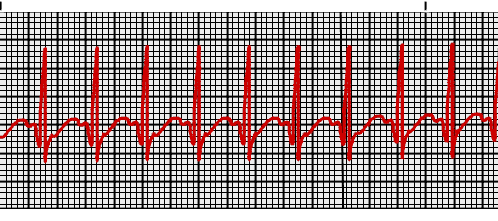
Supraventricular Tachycardia vs Sinus Tachycardia
Yesterday, I had encountered a tachycardic patient with heart rate 160/min. Somewhere in medical school, I was taught that the sinus tachycardia with heart rate >160/min must be considered as a Supraventricular tachycardia (SVT). With such misinformation, it was easier for me to overlook the fact that the patient was…
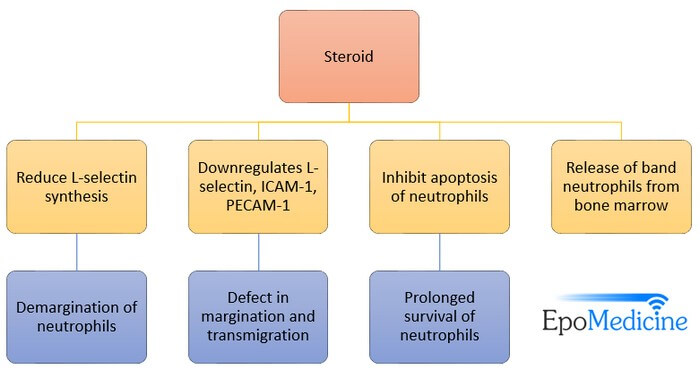
Steroid Induced Leukocytosis
Mechanism of Steroid Induced Leukocytosis There are 3 major mechanisms responsible for corticosteroid induced granulocytosis: 1. Demargination of neutrophils from endothelial cells (60% of the rise): Recall the leukocyte adhesion cascade in the chapter of inflammation. L-selectins are present in leukocytes that mediates their rolling on the endothelial lining of…
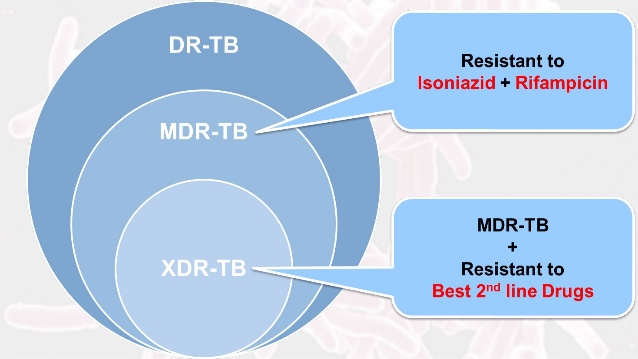
Drug Resistance TB Management Summary
Antitubercular drug symbols H = Isoniazid R = Rifampicin Z = Pyrazinamide E = Ethambutol S = Streptomycin Km = Kanamycin Cm = Capreomycin Lfx = Levofloxacin Ofx = Ofloxacin Mfx = Moxifloxacin Eto = Ethionamide PAS = Para-aminosalicylic acid Cs = Cycloserine Amx/Clv = Amoxicillin-Clavulanate Bdq = Bedaquiline Lzd…
